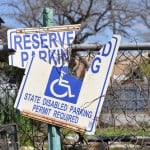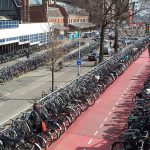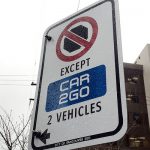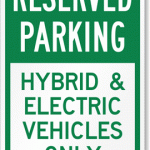Mobility, transportation, and inequality
Planes, trains, automobiles… and camels? John Candy’s favorite transport options are far from the only ways people of this planet get around, and moving from place to place isn’t the only definition of mobility. In a globalizing world where transportation access is unequal (and, for some, flat-out unavailable), mobility can also mean the difference between opportunity and oppression, freedom and restriction. In a fascinating recent study, Transportation Landscapes: Moving People in an Uneven World, David J. Keeling explores what the world’s varied transportation landscapes have to do with the way people live.
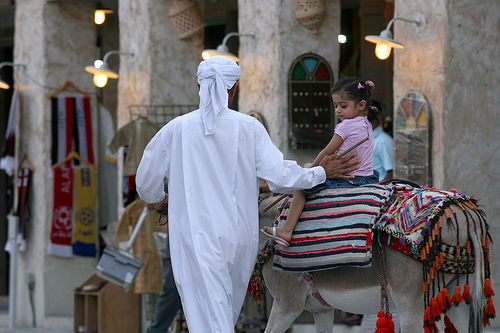
A survey argues that the academic view of mobility has culturally loaded implications. Image from Giorgio Montersino.
What’s mobility without infrastructure? Without it, “our mobility would be constrained practically by how far we could walk and how much we could carry,” writes Keeling. Just as pack animals first enabled people to venture out socially and expand economically, and in doing so “transformed time-space relationships,” today’s autobahns and bullet trains are turning local areas into a new global reality.
Many parts of the world still remain disconnected and isolated from the transit that urban centers have come to rely upon.
Keeling dives into the many mobility scenarios that play out each day across the world, from the pedestrian-only plazas in Dubrovnik, Croatia, to the medinas of Marrakech, Morocco (which are often navigated by donkeys), to unfinished spans of highway in Spain.
Take roads, which play perhaps the most popular role in moving the world’s people from place to place. The U.S. has its own road infrastructure problems, which we’ve blogged about before, but these pale in comparison with other nations’ challenges: throughout the world, an incredible 35% of roads are unpaved, the majority of those in developing countries. There is “profound inequality” in infrastructure, writes Keeling; compare Latin America, where only 25% of roads are paved, with Germany, where 100% of official roads are paved.
Building roads has been an economic priority in Asia, Africa and Latin America, yet these efforts have often been impeded by lack of funds and geographical or environmental challenges. Road inaccessibility directly impacts the world’s rural population — almost 1 billion people — blocking them off from “critical services, markets, and economic opportunities.”
Other options, like bus service and ad hoc transport in these removed areas can be unreliable; for example, during bitter winters, some villages in the Russian Far East can be isolated from each other for weeks.
Yet mobility isn’t limited to roads. While most westerners associate walking and biking with personal health or environmental considerations and cities around the world, like Buenos Aires, Argentina, adopt bike-sharing programs, these are the only affordable options in areas with emerging economies.
One example: “On a dirt track heading northeast from Agadez,” notes Keeling, “towards the Aïr Mountains in central Niger, this family of Tuareg traders headed into the inner Sahara carrying goods to several remote Tuareg communities located around the Timia region, a journey that would take many days.”
Captivating and colorful, Keeling’s expansive survey, replete with his own photographs, spans a number of routes, with insights on the people who use them and why: from intercity bus routes in Burkina Faso and bus rapid transit systems in both Bogota, Colombia, and China, to the Trans-Siberian Railroad, London’s Thames gondola, and the reed boats of Peru, to name a few of the diverse ways people get from here to there.
The methods are many, but the takeaway is simple: “Although not an instant panacea,” writes Keeling, “transport infrastructure in all its forms can and does make a difference in people’s lives. Think about this issue when next you ride a subway, traverse a freeway, or amble through your neighborhood on paved sidewalks.”
Related Posts
Category: Transportation












